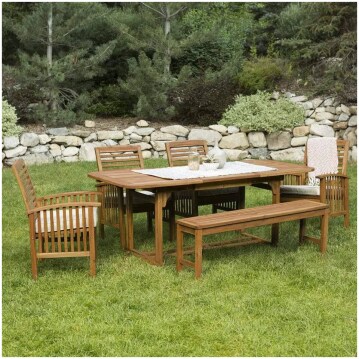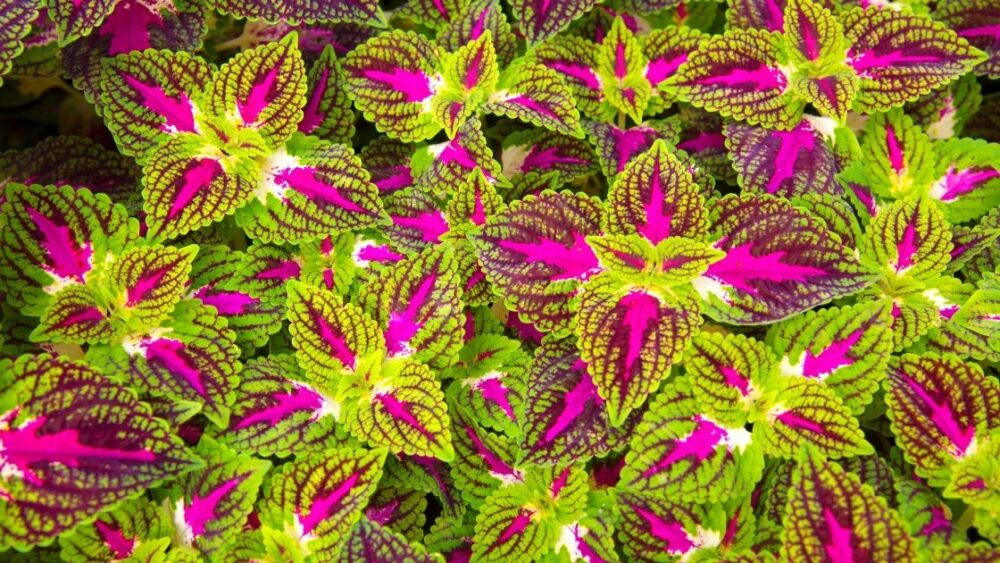This site is reader-supported and we earn commissions if you purchase products from retailers after clicking on a link from our site. As an Amazon Associate, we earn from qualifying purchases. We are now accepting free business listings in maintenance, horticulture, building, and all outdoor fields. Brick and Mortar and websites welcome. Click here for more details. Proudly supporting small businesses.
Try these: Gardening ArticlesFirepitWalk-Behind MowerFlower Shop
Let's Grow Together 🌱
Plains Coreopsis Seeds – Florida State Wildflower – Coreopsis tinctoria – B265
Notice: As an affiliate, all products and availability are subject to change. Click for current pricing.
Description
Plains Coreopsis Seeds – Florida State Wildflower – Coreopsis tinctoria
Item specifics
Country/Region of Manufacture: United States
Climate: Dry, Temperate
Brand: zellajake
Coreopsis tinctoria, also called Plains Coreopsis or Golden Tickseed.
Coreopsis is a very popular ornamental plant growing 2 to 3 feet tall with numerous bright yellow flower heads with red centers. Plains Coreopsis thrives in well-drained soil and full sun or light shade. To provide transitional color plant in the butterfly or meadow garden to provide bright colors until the perennials mature and begin blooming.
Native Plains coreopsis wildflowers occur naturally in prairies, savannas, open dry rocky woods, and along roadsides from Minnesota and Manitoba to Washington, south to Louisiana, Texas, New Mexico, Arizona, California, and introduced east to the Atlantic states. Seeds germinate without pretreatment. 90,000 seeds/oz.
Uses
This plant is used mainly for landscape beautification. It has potential for use in cultivated, garden situations, in naturalized prairie or meadow plantings, and along roadsides.
Adaptation
Coreopsis tinctoria is adapted to many soil types. It grows best on a well-drained soil, but will not tolerate a very dry site. Natural stands are generally found on bottomland areas with ample moisture. It grows best in full sun, but will tolerate light shade.
Establishment
A firm seedbed is required. Coreopsis tinctoria germinates best on a clean tilled site that has been firmed with a roller or finishing harrow before planting. Seed can also be planted into a closely mowed, chemically-killed, or burned sod area with a light disking or harrowing that scratches the soil surface. A layer of plant residue on the soil surface can interfere with seed germination. Broadcast or shallowly drill 1-2 grams per 100 square feet (1-2 lb/acre). Seed should be placed close to the soil surface. Cultipacking after planting will ensure good seed to soil contact. Seed will germinate soon after planting and remain as a rosette throughout the winter.
Management
Plant growth and seed production are greatly improved by fertilization. Apply fertilizer according to soil test recommendations. If not available, a rate of 3.5-5.5 oz per 100 square feet (100-150 lb/acre) of 13-13-13 should be applied in the spring before flowering. Stands will reseed prolifically for several years, but will gradually decline without soil disturbance. Every two to three years, the site should be disked to control perennial weeds and promote calliopsis germination. If necessary, plants can be mowed in the spring before stem elongation begins. Stands that are not disked should be mowed in late summer, and a late fall mowing is also recommended.
Direct sow in late fall, planting the seed on surface of the soil and compacting it firmly. The seeds will germinate soon and overwinter as a small cluster of leaves, sending up a flowering stalk in the summer. For spring planting, mix the seed with moist sand and store it in the refrigerator for 30 days before direct sowing. Keep the soil evenly moist until germination, which should occur within 10-15 days. The treated seeds can also be started indoors 6-8 weeks before the last frost of spring; plant the seeds on the surface of a flat, keeping the moisture consistent and the temperature around 65 degrees F. Transplant seedlings to 15-18” apart. This plant adapts to nearly any soil, including sandy or rocky areas; it is an excellent choice for borders, roadsides, or wildflower plantings.
Terms and conditions
Orders over $10 from this ad will be shipped with tracking, Otherwise: Seeds will be shipped economy/standard or first class 2-10 day shipping after payment. We are a seller that caters to experienced gardeners, although we try to have germination instructions on all of our listings, additional online researching is advised. Multiple orders of a single item will be combined into 1 ziplock. We are not responsible for buyer germination success, seeds have been tested. Seed count is approximate, and packaged by weight. Seeds vary in size, weight is exact, and based upon empirical count, quantity is estimated. Liability of seller is limited to the cost of the item(s).
Zellajake Farm and Garden: “Seeds for all your planting needs” since 2013
Related products
-

Outsidepride Pansy Frizzle Sizzle Orange – 100 Seeds
amazon.com -

Snapdragon Seeds – Floral Showers Series
trueleafmark... -

120,000+ Wildflower Seeds – Bulk Perennial Wild Flower Seeds Mix – 4oz Flower Garden Seeds for Attracting Birds & Butterflies – 18 Variety Plant Seeds for Planting Outdoor Garden
amazon.com -

2.5 Qt. Pink Pansy Plant
homedepot.co... -

Feverfew Seeds
trueleafmark... -

Common Milkweed Seeds
gardeners.co... -

30 Rare Seeds| English Blue and Yellow Rose
etsy.com -

30 Rare Fresh Seeds| Rainbow Rose Flower Seeds
etsy.com -

Veronica Seeds – Blue Bouquet
trueleafmark... -

Honey Bee Attractor Flowering Seed Mixture (300 Seed Packet)
homedepot.co... -

Autumn Beauty Blend Sunflower Seeds
highmowingse... -

Zephirine Drouhin Climbing Rose
naturehills....










